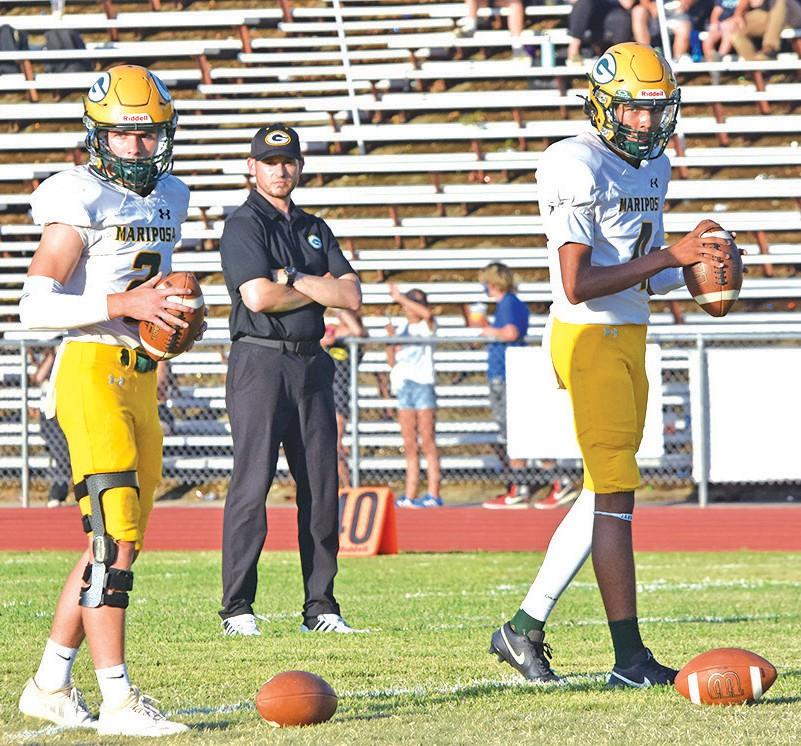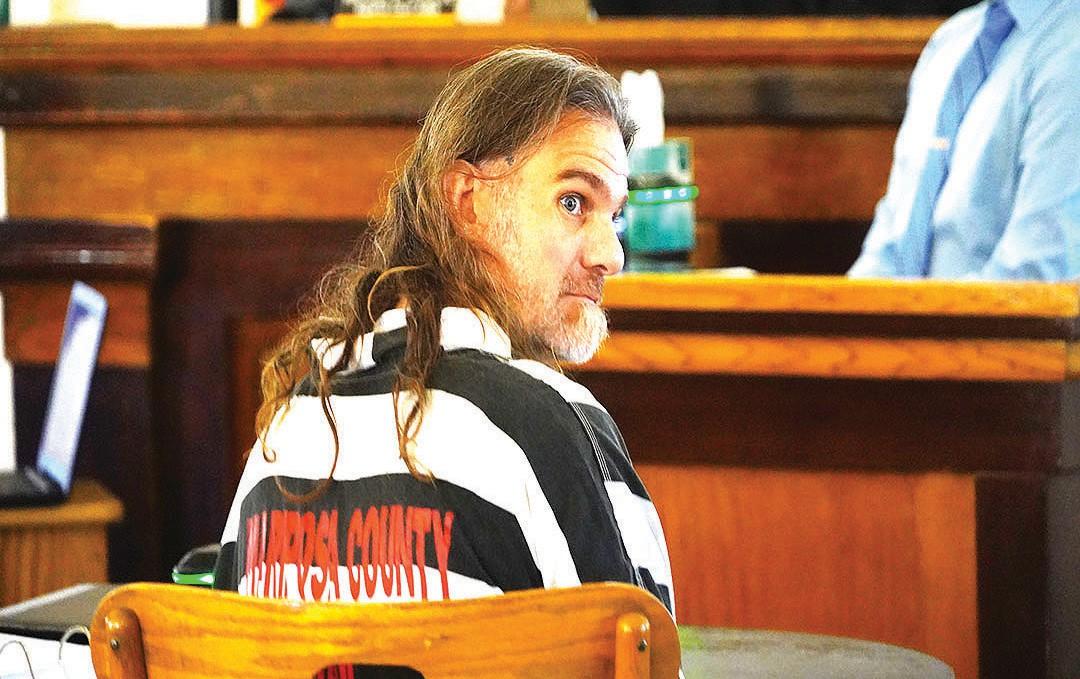Running imparts fitness, rewards dedication, teaches discipline, delivers joy and bonds athletes in friendship; those are my experiences from 40 years in the activity.
But what if it could do more than I ever imagined, like honor family, educate the public and heal a community?
That’s what Kutoven “Ku” Stevens did with three Remembrance Runs through the Nevada desert in recent years. In the new film “Remaining Native,” director Paige Bethmann tells his story.
“This film is an opportunity for us to show how love, family and memory can provide healing while also celebrating Indigenous resilience,” said Bethmann.
As a 17-year-old from the Yerington Paiute Reservation in Nevada, Stevens strives to run fast enough to win entrance to his dream college, University of Oregon.
Stevens is a great high school runner during the year of the film’s creation, clocking a 1 minute 58 seconds in the 800 meters and a 4:15 mile. Often training alone in the desert, he’s on his way to four state championships and a Nevada state record in the boys 3,200 meters, 8 minutes and 54 seconds.
“I want to run away to better things, to hope for more than being this small town boy from Yerington,” said Stevens.
But running those countless desert miles hold added importance for the teen, who often reflects on his family history. Three generations earlier, Stevens’ great grandfather Frank Quinn ran through the same desert for a different purpose.
Required by state officials to attend Stewart Indian School in Carson City, eight-year-old Quinn fled on foot three separate times, literally running back to his family home in Yerington.
The 2021 discovery of mass graves at Indian boarding schools prompted Stevens to act.
“I want to honor him making that journey. I want to hurt for him and all my other ancestors,” he said.
Stevens decided to recreate the 50-mile desert run three times to credit his ancestor, to draw attention to the harm Indian boarding schools caused and to promote healing among descendants of survivors.
“This is not a protest. It’s a remembrance. This is something we’ve heard of from our past, and it’s finally coming to light,” said Stevens.
Dozens of others joined Stevens’ first event in 2021. They wore T-shirts with a dedication: “For those who ran, those who survived and those who did not make it home.”
Another who took interest was Bethmann, a filmmaker who decided that the story of Stevens and his family was worth sharing.
“I was inspired by not only the visuals of Ku running across the desert but also how Ku as a young person was stepping up to honor his relatives. Like Ku, I am a descendant of a Native American boarding school survivor and the impact assimilation had on my family was felt heavily,” she said.
Stevens and his group take two days to retrace Quinn’s 50-mile route. At Stewart Indian School, they somberly visit more than 100 graves which surround the grounds.
Participants weep as they visit the final resting places of their relatives. “What kind of school has a cemetery?” asked one.
Tragically, this situation is more common than most people know. A federal investigation revealed that at least 973 Native children died at the facilities which the U.S. government operated and required thousands of Natives to attend between 1819 to 1969.
“This isn’t a school, this is a place where people were murdered and raped and assimilated into a perfect white society that wasn’t perfect. It hurts thinking about those things,” Stevens said to runners and other supporters after visiting the graves.
I briefly met Stevens three years ago when he led a run protesting daily siren blasts in Minden, Nev. The community had previously used its siren to order Indigenous people out of town at sundown.
Native people and allies rallied to silence the blasts which recalled the racist practice; their campaign succeeded in 2023. Though I’m nearly three times his age, Stevens helped me better understand both Native perspectives and the power of running to help others.
As the film concludes, viewers learn the outcome of Stevens’ effort to join the Oregon Ducks, and Native dancers defiantly perform outside the long-closed Stewart Indian School.
“I really want people to understand, not just to know what happened, not just to learn the history, but to fully understand why we feel the way that we do,” Stevens said.
Matt Johanson enjoys hiking, climbing, skiing and writing about the outdoors. His books include “Yosemite Epics,” “Yosemite Adventures” and “California Summits.” You can find more of his writing at www.mattjohanson.com












Responses (0)